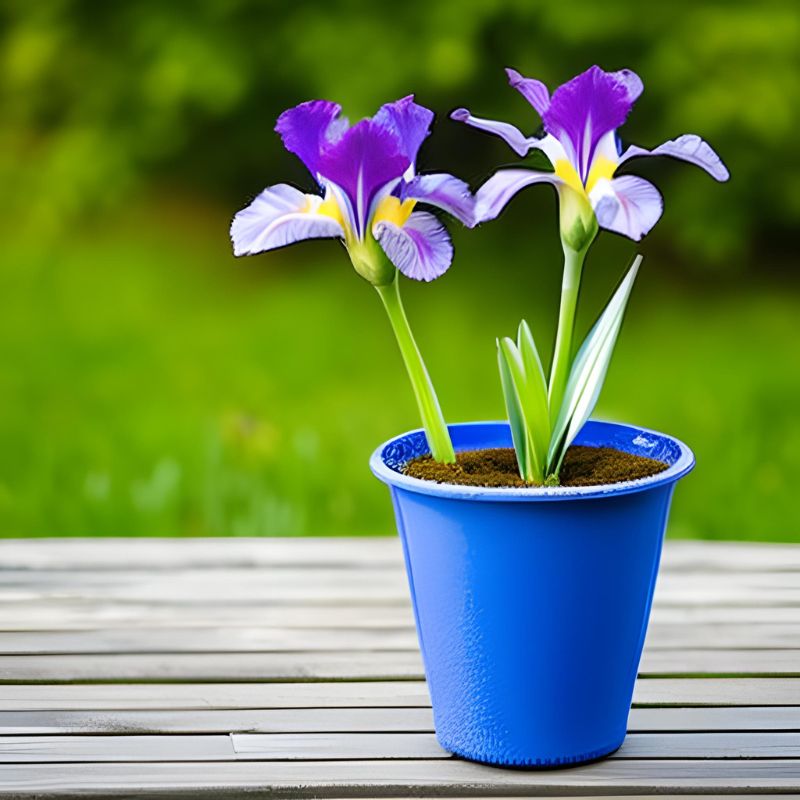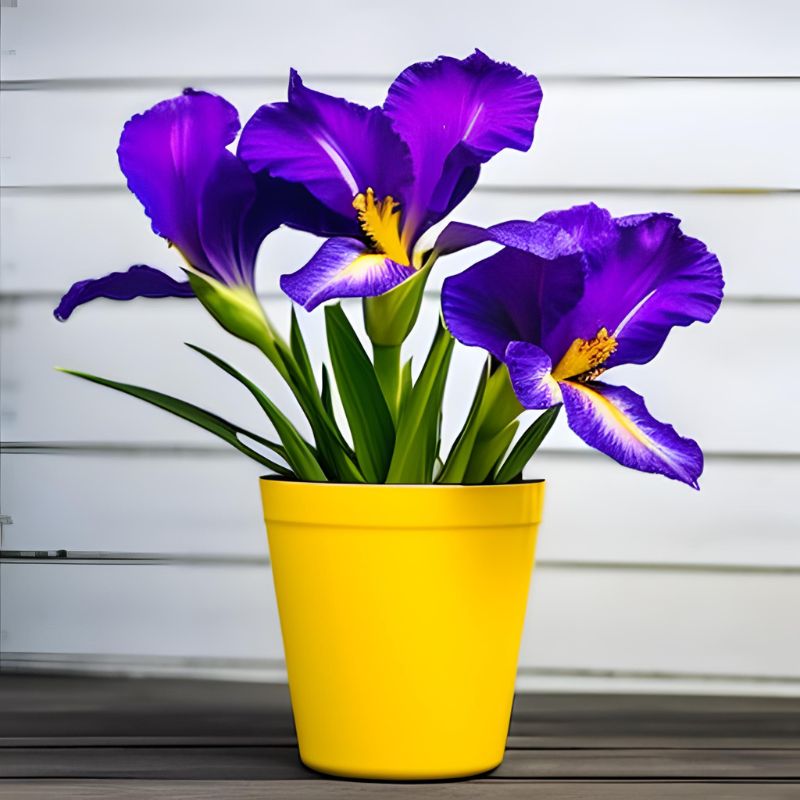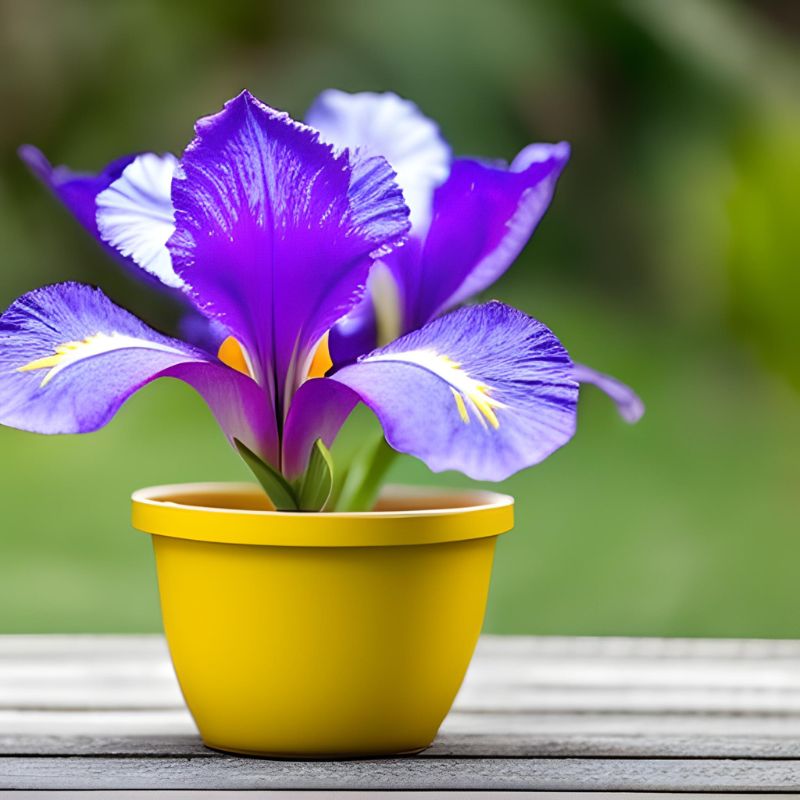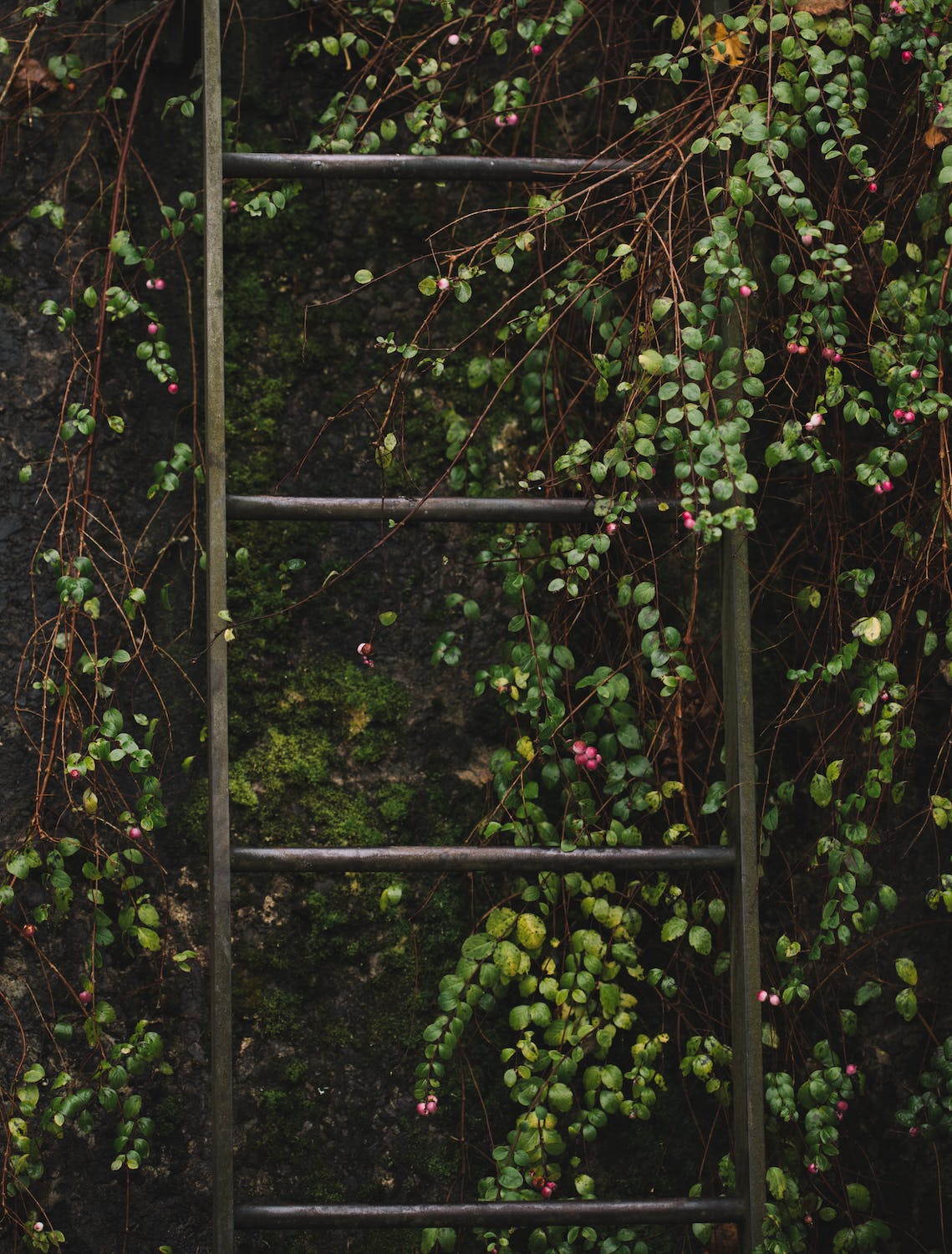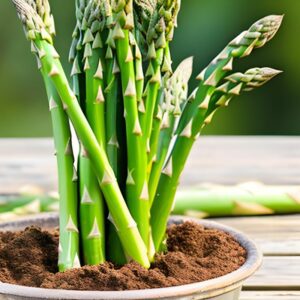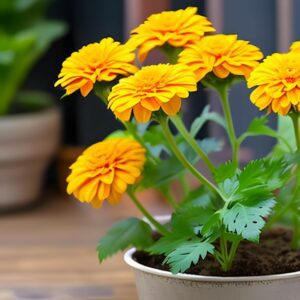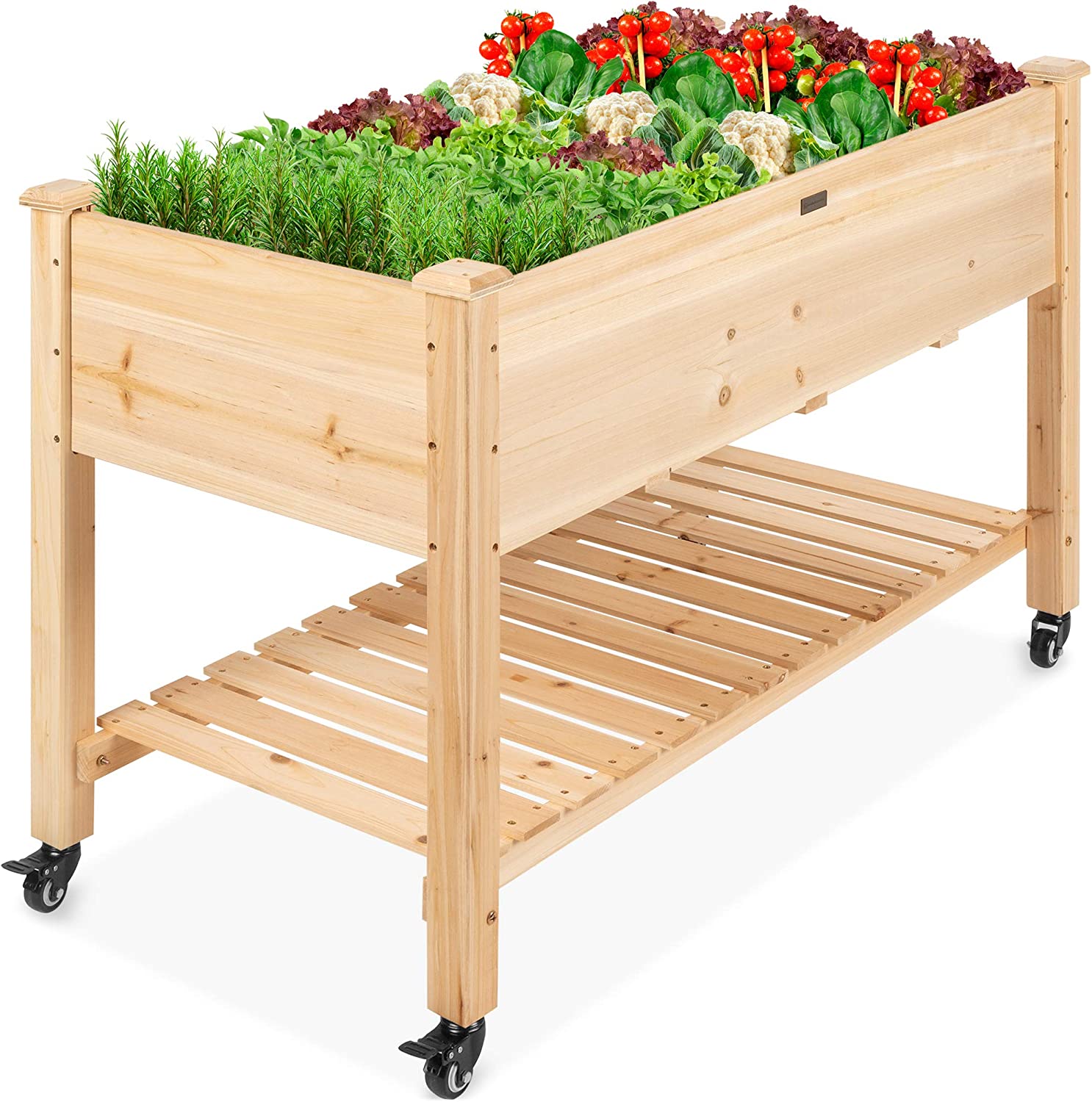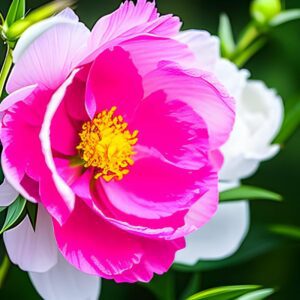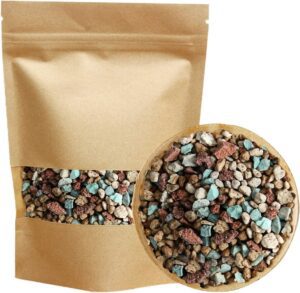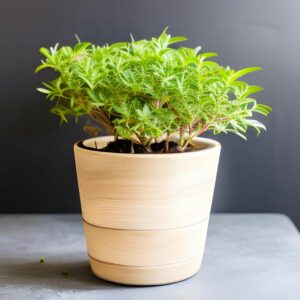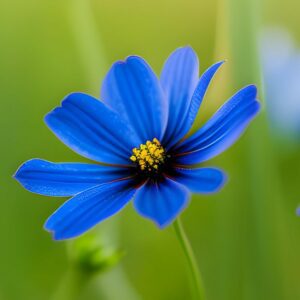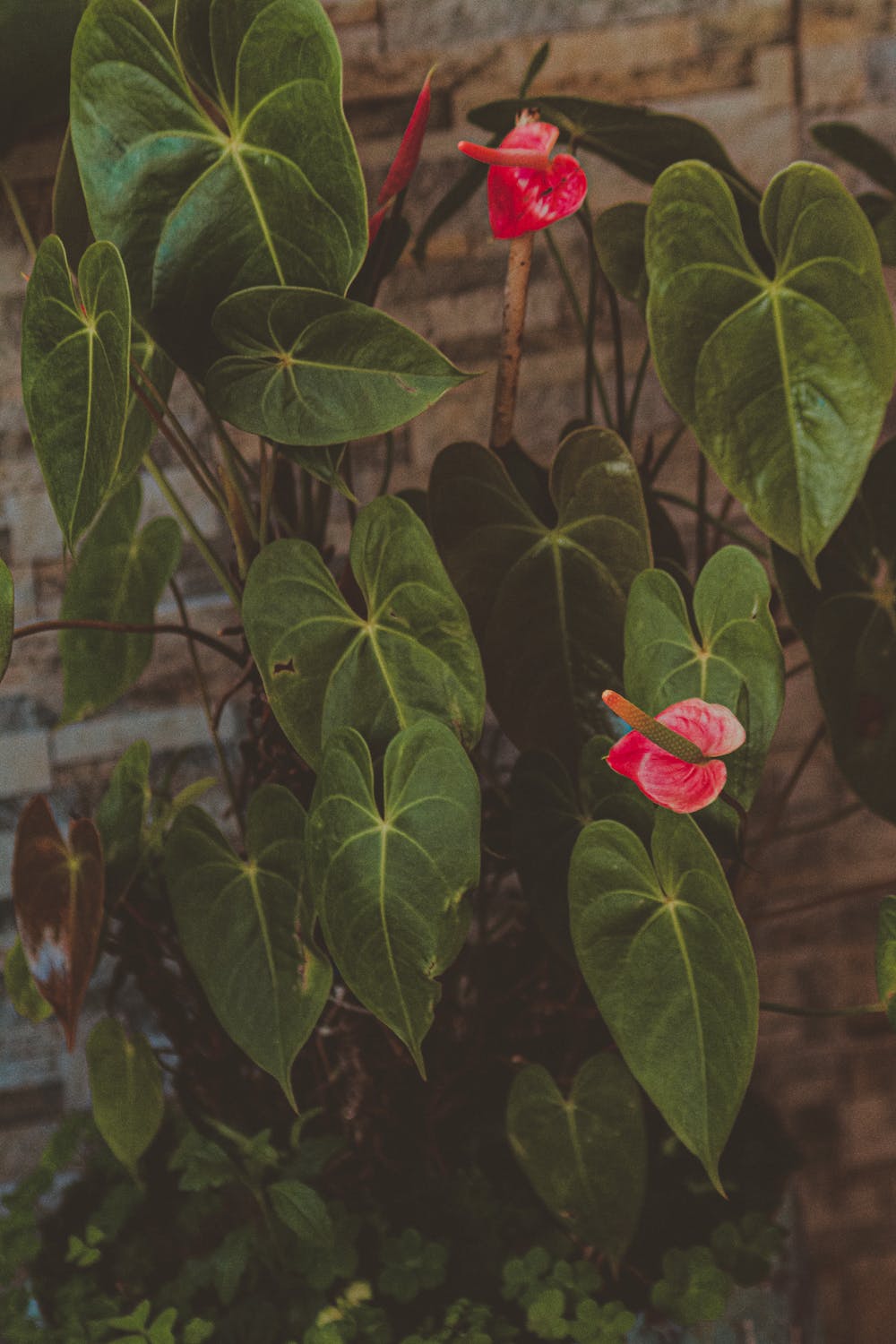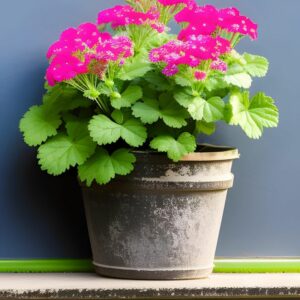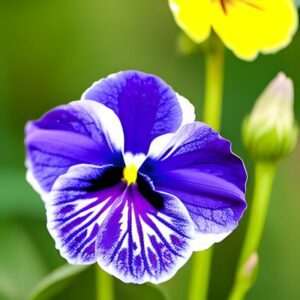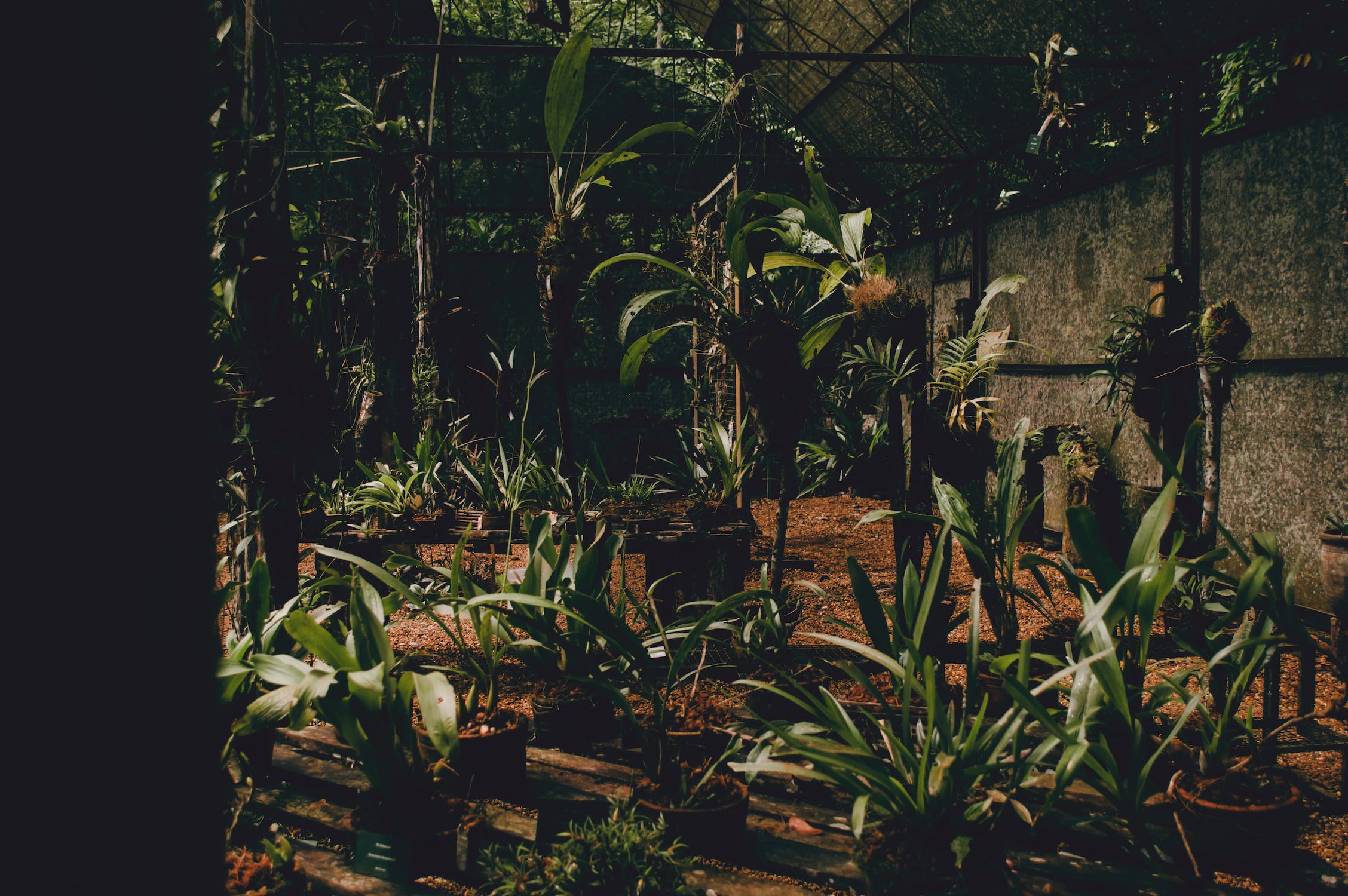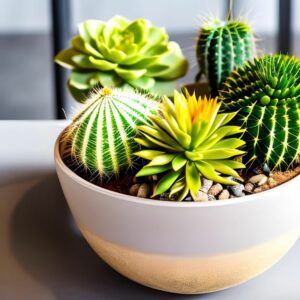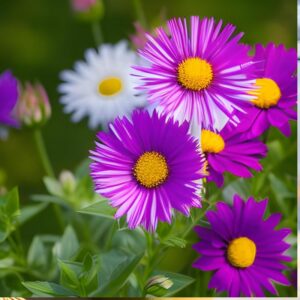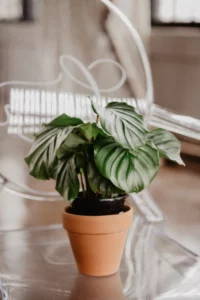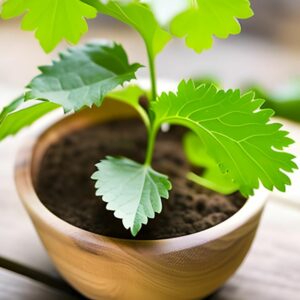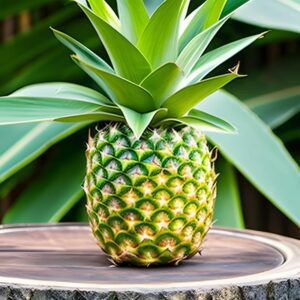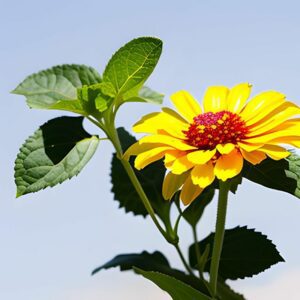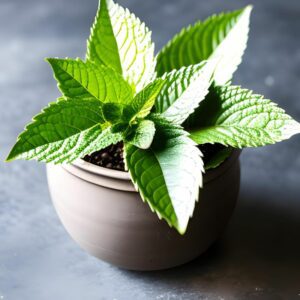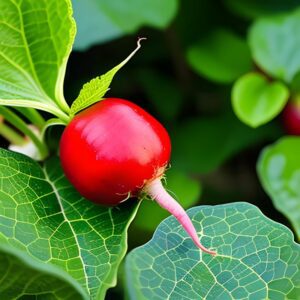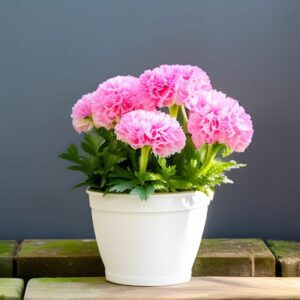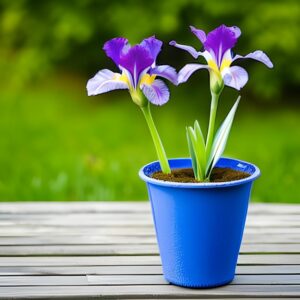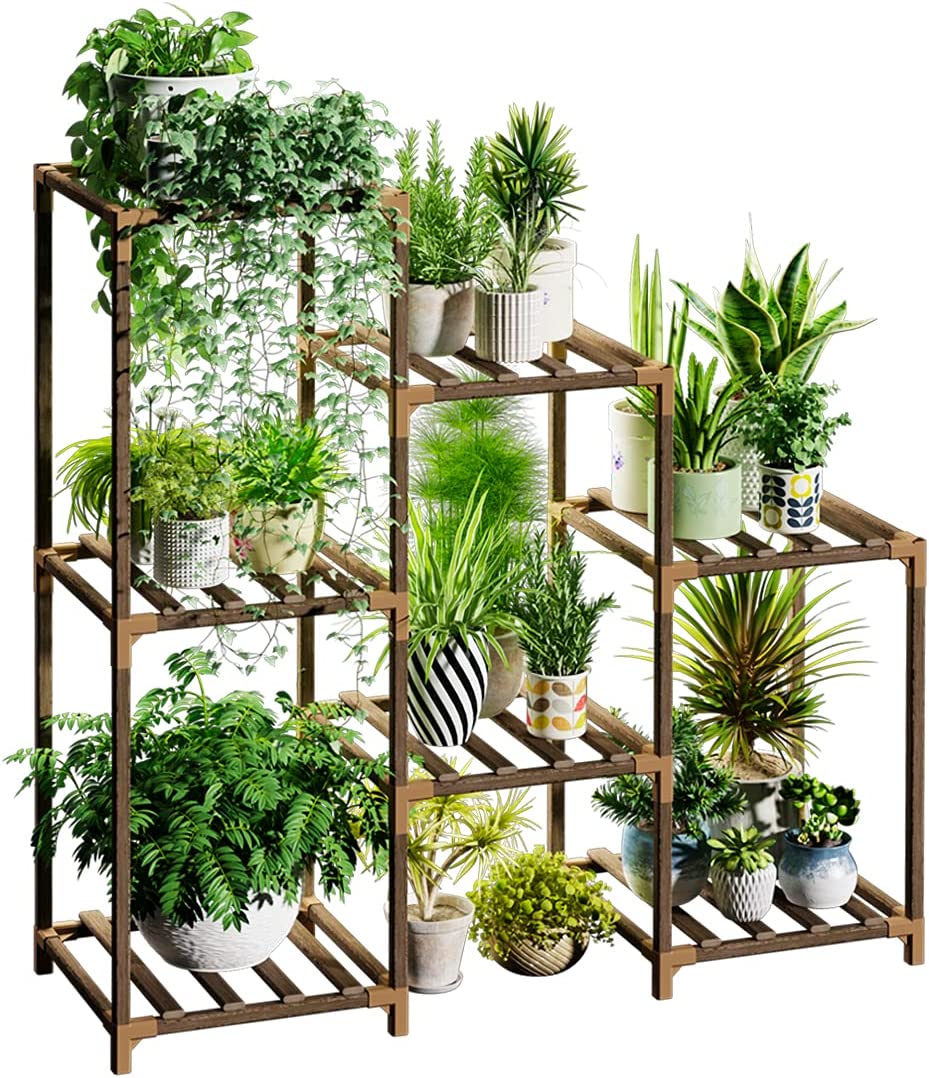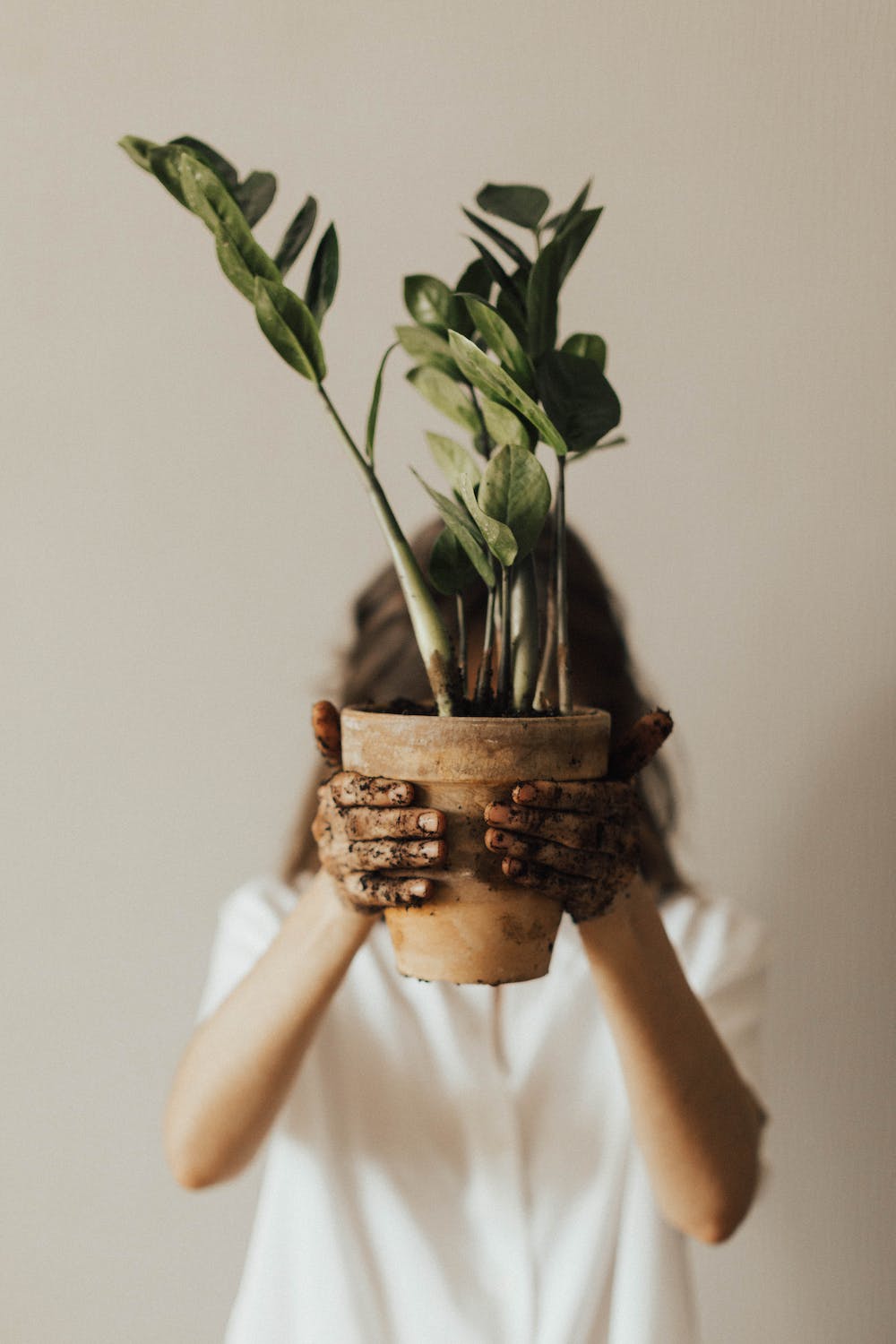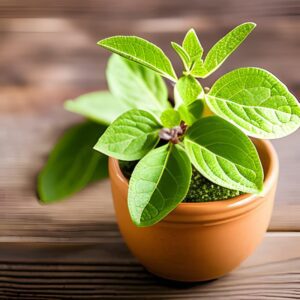Iris
Flower
- Japan
- Easy
- Varies depending on the variety and growing conditions
Introduction
Irises are exquisite flowers that have been cherished in Japanese gardens for centuries. They symbolize purity, elegance, and good fortune. Irises come in a wide range of colors, including shades of blue, purple, white, and yellow, and they are known for their delicate beauty and captivating scent.
Plant Characteristics
Irises feature tall, slender stems with sword-shaped leaves and stunning blooms. The flowers have three upright petals called standards and three drooping petals called falls. The falls often have intricate patterns and markings, adding to their allure. Irises come in various sizes, from dwarf varieties that reach a few inches in height to tall bearded irises that can grow over 3 feet.
Ideal Growing Conditions
Irises thrive in well-draining soil and prefer full sun or partial shade. They require regular watering, especially during dry periods, but it’s important to avoid overwatering to prevent root rot. Irises are resilient and can tolerate a wide range of climates, making them suitable for various regions.
Planting Guide
Plant iris rhizomes in early to mid-fall or early spring. Choose a location with good sunlight exposure and prepare the soil by adding organic matter. Dig a shallow hole, place the rhizome horizontally with the roots spread out, and cover it with soil. Space the rhizomes according to the variety’s recommended distance.
Watering and Fertilizing
Water newly planted irises thoroughly and then provide regular watering, keeping the soil evenly moist but not waterlogged. During the growing season, apply a balanced fertilizer specifically formulated for flowering plants to promote healthy growth and abundant blooms.
Pruning and Maintenance
Remove spent flowers to prevent seed formation and promote continued blooming. After the blooming season, cut back the foliage to about 6-8 inches above the ground. Divide and transplant iris rhizomes every 3-4 years to maintain plant health and vigor.
Harvesting or Flowering
Irises bloom at different times, depending on the variety. Some irises bloom in early spring, while others flower in late spring or summer. The blooming period typically lasts for several weeks, delighting gardeners with their striking colors and elegant form.
Post-Harvest Care
After the flowering season, continue to provide regular watering and maintain good soil moisture. Allow the foliage to wither naturally before cutting it back. Apply a layer of mulch around the plants to help conserve moisture and suppress weed growth.
Troubleshooting
Irises are generally low-maintenance plants, but they can be susceptible to certain pests and diseases, such as iris borers and fungal leaf spots. Monitor the plants regularly, and if any issues arise, take appropriate measures, such as using insecticides or fungicides as recommended.
Fun Facts
In Japan, irises hold cultural significance and are often associated with the start of summer. They are celebrated in the annual Iris Festival, where people admire and appreciate the beauty of these enchanting flowers.
